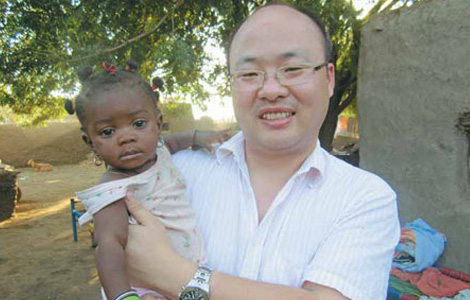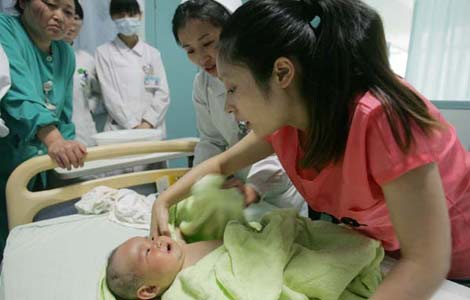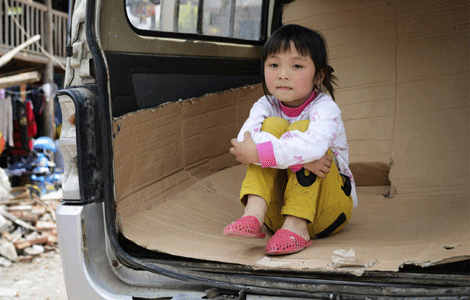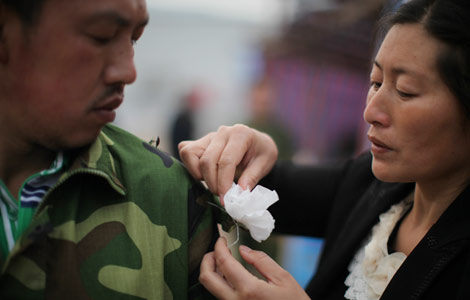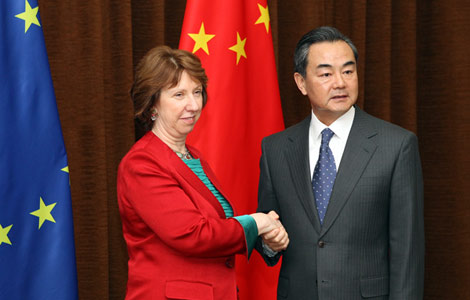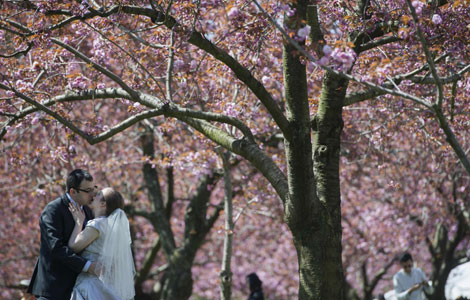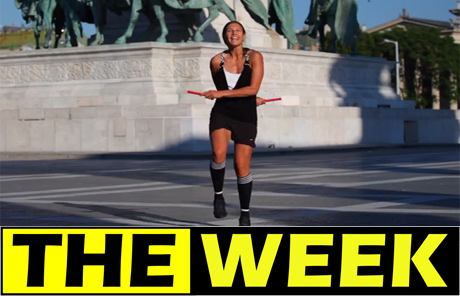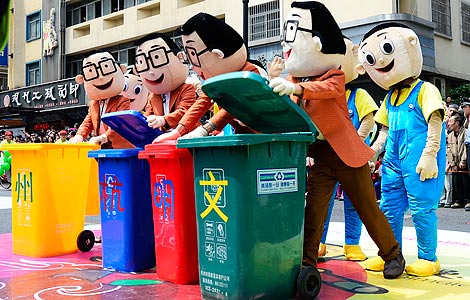Museum showcases Chinese new roles in fashion industry
Updated: 2013-04-29 11:23
By Kelly Chung Dawson in New York (China Daily)
|
||||||||
|
A designer is interviewed at a Chinese designer at the Front Row: Chinese American Designers at the Museum of Chinese in America in New York's Chinatown. Kelly Chung Dawson / China Daily |
Chinese have long played a part in the global fashion industry, whether through tailoring, manufacturing or, since the 1980s, at the forefront as designers.
Two new exhibitions at the Museum of Chinese in America showcase the fashion creativity of Chinese, with a loose link between the work of contemporary designers based in New York and the unique fashions of early 20th-century Shanghai.
Front Row: Chinese American Designers features clothes by the likes of Vera Wang, Jason Wu, Derek Lam and 13 others. The diverse aesthetic sensibilities represented in their clothes are complemented by video and text presenting the designers' perspectives on fashion and their heritage.
The other exhibit, Shanghai Glamour: New Women 1910s-40s, reveals several modern variations on the qipao and other styles by unidentified designers who dressed the cosmopolitan women of Shanghai at a time when Western influence was only beginning to creep into Chinese culture. With help from the China National Silk Museum in Hangzhou and several private collectors in New York, curator Mei Mei Rado traces the changing role of women at the time through styles reflecting three Chinese feminine archetypes: the femme fatale, femme savante (educated woman) and femme du monde (sophisticated society woman).
"The show is a celebration of the adaptation and adoption of different cultures into design language," said Mary Ping, a fashion designer who curated the contemporary exhibit. "In the early 20th century, Western influences were moving into China, and now we see an illustration of the reversal, with Chinese designers bringing their own amalgam of histories into the conversation about design.
"These contemporary designers are contributing to the evolution of American style, through an evolution that began earlier in China and then with the settling of immigrants in the US," she said.
Although the exhibitions aren't directly linked, visitors might view them as a "tale of two cities," said Helen Koh, executive director of the Museum of Chinese in America, in Manhattan's Chinatown.
"We thought it was a nice juxtaposition, one that might give a fuller understanding of the Chinese relationship to clothing, creativity and the ability to carve out different niches within the design and clothing fields," she said.
Koh pointed out that many of the designers in the exhibition have spoken about their own intimate connections with clothing through family and personal relationships in the garment industry. One example is Lam, who grew up in San Francisco in a family that owned a bridal wear factory and an clothing importing business.
Valerie Steele, director of the Museum at the Fashion Institute of Technology, in Manhattan, writes in a catalog accompanying the show that the move from fashion business to fashion design is a pattern seen earlier in the career trajectories of Jewish designers in the United States.
MOCA's last exhibition related to fashion, in 1984, was a history of Chinese-Americans working in laundry shops. The shift from then to now mirrors the museum's changing mission as well as the emergence of Chinese in creative roles that were once unavailable to them in the US, said exhibitions director Herb Tam. In the early decades of mass Chinese immigration, many were either relegated to or chose certain occupations, leading to the prevalence of "occupational identity" among Chinese, he said.
"Today, Chinese are really coming into their own in creative fields, and it's important for non-Asians to understand the context of why it's happening now, and why it wasn't always possible," Tam said.
"This show features designers from more recent generations of Chinese-Americans, who grew up with American-influenced ambitions and are in a better position to establish unique, individual voices in telling our stories through design or other forms of expression."
Melinda Eng, whose work is included in Front Row, believes the emergence of Chinese fashion designers has indirectly been propelled by the increased importance of Chinese consumers. The market is more open and curious to what Chinese designers can offer, whether it is a perspective on Chinese culture or simply a fresh voice, she said.
"With China becoming more important, it's perfect timing to showcase our creativity and expression," she said. "The world is getting smaller, and we want audiences to know what we can do beyond the stereotypes and what we offer beyond imports from China."
Shanghai Glamour also presents examples of creativity that have been overshadowed by other facets of Chinese history, she said.
Ping said that although the featured designers hail from all over the US and China, they have all made New York their home.
"Everyone has a different voyage and trajectory, but in the end we're all linked by the fact that we are Chinese," she said.
kdawson@chinadailyusa.com
Most Viewed
Editor's Picks

|
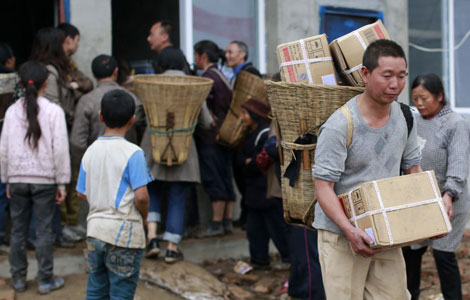
|

|

|

|

|
Today's Top News
Chinese NGOs reach out to African countries
Abe defends shrine visits
Premier Li: 'High alert' to remain on bird flu
China to enhance ties with Argentina
Technology fair eyes innovation
'Wang-Koo meeting' anniversary marked in Taipei
China joins rush for Mars
A camper's life traveling the open road
US Weekly

|

|

